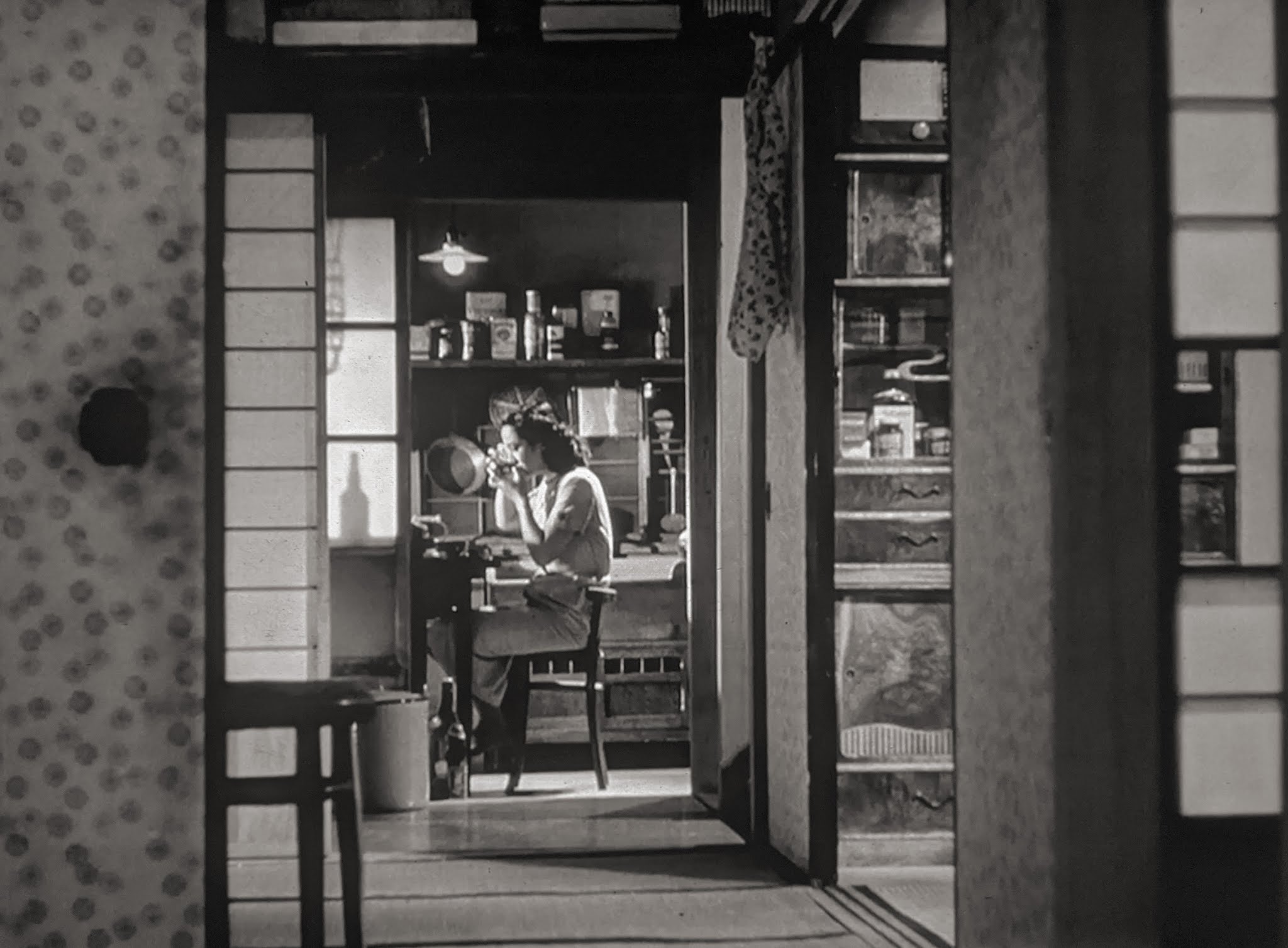All told, I must have wasted several hours of my life googling "en dash", "em dash" and "degree symbol", just so I could copy them into whatever I was writing. My laptop doesn't have a numpad, and in any case, remembering alt key codes is a pain (the degree symbol, for example, is
Alt+0176). That said, there must be any number of other ways which are more efficient than my Google method, but until recently, I am embarrassed to say, I was too lazy to look them up.Now I am not saying that this is the best way to do this; I haven't researched this in any detail. But if you find yourself wasting time as I did, or using ordinary hyphens or "degrees" when you'd rather use the proper characters, then do yourself a favour. Find some better way – AutoHotKey or whatever else – break free, and live your best life.
This is the second protip on this blog, or at least the second one identified as such in the title. If or when I add more, I will elevate it to the status of a series (you can see the other series at the bottom of the sidebar).
Series, in my scheme of things, are different from tags (also in the sidebar); the latter are simply a way of organising common themes. When writing my last post, I realised I don't have a tag for movies. I guess I thought I don't watch or write about movies enough to warrant a tag, but the evidence says otherwise. So here you go.
Speaking of punctuation, eleven(!) years ago, I wrote a rather smug post, not-so-subtly implying that I was morally superior for using curly quotes as opposed to straight quotes. I have since got my comeuppance not once but twice. First, I switched my default typeface to Verdana which (to my eye) has ugly curly quotes, which meant I had to fall back on straight quotes. Now, I write for a photography website which uses a WordPress editor, and this editor converts all straight quotes to curly quotes, using its own warped understanding of what is appropriate.
So if I write, say, 8×10" (adopting the widespread practice of using straight double quotes to denote inches), the editor converts it to 8×10” (curly double close quotes). To forestall the substitution, I have to type it as 8×10″ – the technically-correct but rarely-used double prime symbol (on some browsers/typefaces it looks like one of the other two symbols, but it's actually different). The double prime symbol does not appear on a standard keyboard, but oh well – AutoHotKey to the rescue.


